Your Guide to the Best French Breakfast Dessert to Try

Your Guide to the Best French Breakfast Dessert to Try
Imagine starting your day with a sweet, flaky pastry or a decadent chocolate-filled treat. In France, desserts are a typical part of breakfast, making mornings a delightful experience. French breakfast culture is renowned for its emphasis on sweet pastries and carb-rich foods, rather than savory or protein-heavy options.
You can recreate this delightful experience at home by exploring various French breakfast desserts, from croissants to fruit tarts. With a rich tradition perfected over centuries, French pastries are now enjoyed worldwide.
Key Takeaways
- Discover the sweet world of French breakfast culture.
- Learn about the rich tradition of French breakfast pastries.
- Understand why French cuisine is recognized by UNESCO as an intangible cultural heritage.
- Explore various types of French breakfast desserts.
- Get insights into recreating authentic French breakfast experiences at home.
The French Breakfast Culture
Breakfast in France, or ‘le petit déjeuner,’ is a distinct culinary experience that sets the tone for the rest of the day. The term ‘le petit déjeuner’ literally translates to ‘little lunch,’ which might seem confusing given that lunch in France is typically a multi-course affair. However, this ‘little lunch’ is a reflection of the French approach to breakfast – simple, yet refined.
What Makes French Breakfast Unique
French breakfast culture is characterized by its emphasis on quality over quantity. You won’t find a heavy, protein-rich meal in the morning; instead, the French opt for lighter, sweeter options. Pastries and bread with spreads are staples, often accompanied by a hot beverage like café au lait. This approach to breakfast reflects the French food philosophy, where even the simplest meals are treated with respect and attention to detail.
The cultural significance of breakfast in France lies in its simplicity and the appreciation for well-made pastries and fresh ingredients. Whether you grab a quick breakfast at a café counter or enjoy a leisurely morning meal at home on weekends, the experience is always valued.
The Sweet Side of French Mornings
One of the most delightful aspects of French breakfast culture is its acceptance of sweet treats as a morning norm. Unlike in some cultures where breakfast is expected to be savory, the French see no issue with starting the day with a dessert-like pastry. This openness to sweet breakfast options is a hallmark of French cuisine, where the lines between breakfast and dessert are happily blurred. As a result, many classic French desserts double as traditional breakfast foods, offering a delicious start to the day.
Understanding the Best French Breakfast Dessert to Try
To truly appreciate French breakfast desserts, one must first understand the role of pastries. French breakfast culture is renowned for its emphasis on freshly baked goods, and pastries are at the heart of this tradition. The artisanal nature of French pastry-making contributes significantly to the superior quality of breakfast treats.
The Role of Pastries in French Breakfast
Pastries have evolved to become a staple of French breakfast culture, with certain items specifically associated with morning consumption. The cultural importance of fresh, daily-made pastries cannot be overstated. In France, the morning routine often involves stopping at a local bakery or pastry shop to pick up freshly baked goods. The art of making pastries is a revered tradition, with bakers dedicating themselves to perfecting their craft. As a result, French pastries are known for their flaky crusts, delicate flavors, and beautiful presentation.
The process of making French pastries involves a labor-intensive technique known aslaminating, which involves layering dough with butter to create the signature flaky texture. This technique requires great skill and patience, as the dough must be rolled and folded multiple times to achieve the desired result. The end product is well worth the effort, as French pastries are a delight to eat and pair perfectly with a hot cup of coffee or tea.
Boulangeries vs. Pâtisseries: Where to Find Breakfast Treats
In France, bakeries are known as “boulangeries” and are often the go-to spot for picking up fresh bread and pastries in the morning. Pâtisseries, or pastry shops, on the other hand, focus on more dessert-only types of pastries like tarts, cakes, and eclairs. Understanding the distinction between these two types of establishments is crucial for finding the perfect breakfast treat.
| Establishment | Specialty | Breakfast Options |
|---|---|---|
| Boulangerie | Bread and pastries | Croissants, pain au chocolat, bread |
| Pâtisserie | Dessert pastries | Tarts, cakes, eclairs, macarons |
As you explore the world of French breakfast desserts, you’ll discover that different regions have their own specialty pastries, reflecting local ingredients and traditions. Whether you visit a boulangerie or pâtisserie, you’re sure to find a delicious treat to start your day.
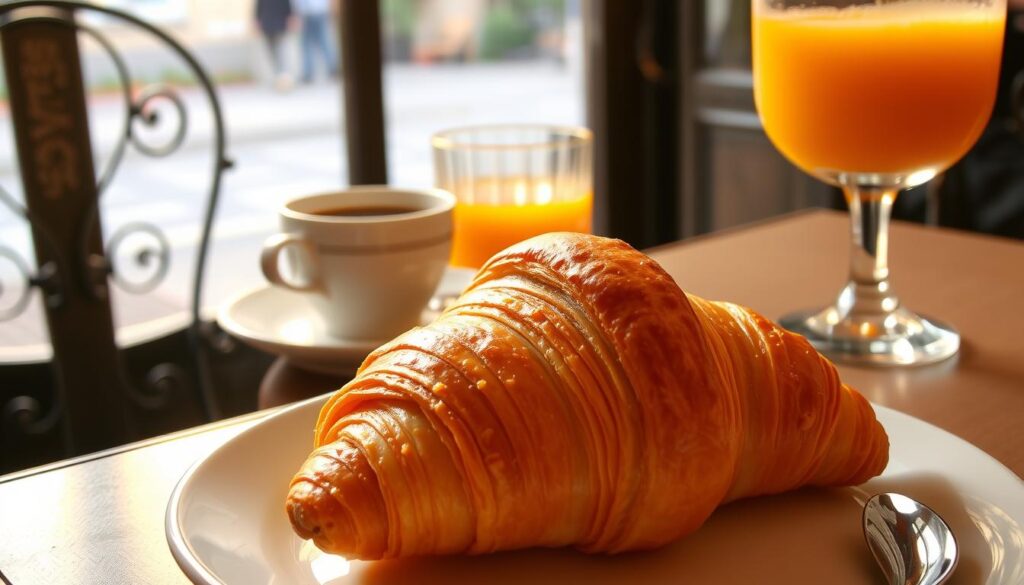
“The art of French pastry-making is a tradition that requires patience, skill, and attention to detail. It’s a craft that has been passed down through generations, and one that continues to delight and inspire.”
By understanding the role of pastries in French breakfast culture and knowing where to find the best breakfast treats, you’ll be well on your way to experiencing the rich flavors and traditions of France.
Classic French Breakfast Pastries
The quintessential French breakfast experience is incomplete without the presence of classic pastries, rich in history and flavor. You can explore these iconic treats and learn how to incorporate them into your morning routine.
Croissants: The Iconic French Breakfast
Croissants are perhaps the most iconic French breakfast pastry, known for their flaky, buttery layers. The history of croissants is fascinating, with origins tracing back to the Austrian pastry, Kipferl, which was introduced to France by August Zang in the 19th century.
The process of making croissants involves laminating dough, a labor-intensive technique that alternates layers of butter and dough, resulting in the characteristic flaky texture. To make authentic French croissants, you need to use high-quality ingredients and follow a precise recipe.
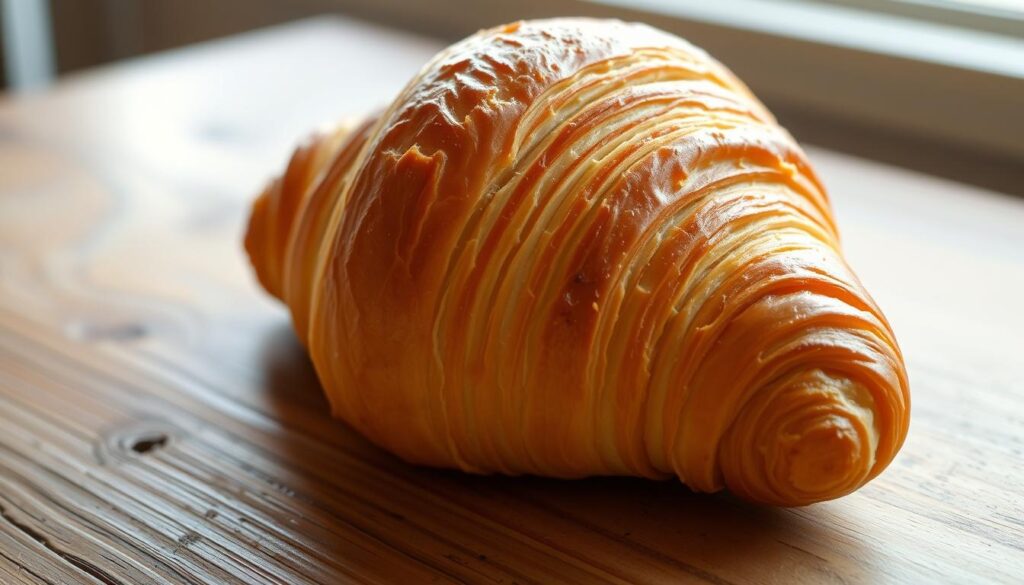
Pain au Chocolat: Chocolate for Breakfast
Pain au chocolat is another beloved French breakfast pastry, combining the richness of chocolate with the flaky, buttery layers of laminated dough. This pastry is a delightful treat that allows you to indulge in chocolate first thing in the morning.
To make pain au chocolat at home, you will need to prepare laminated dough and high-quality chocolate. The process involves encasing the chocolate in the dough and baking it to perfection.
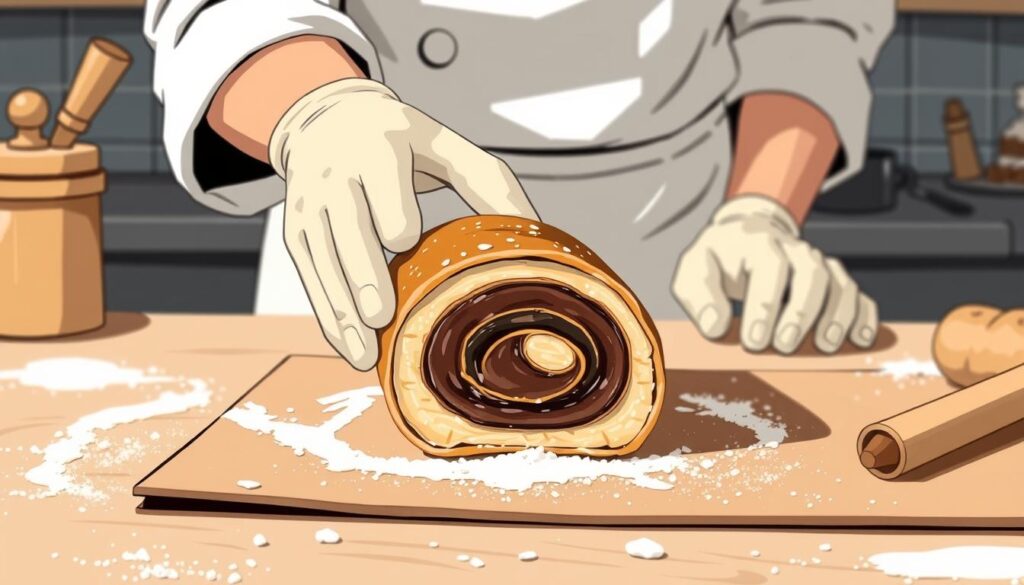
Brioche: A Buttery Morning Delight
Brioche is a type of pastry known for its rich, eggy flavor and fluffy texture. Made with flour, milk, eggs, and a significant amount of butter, brioche is a versatile pastry that can be enjoyed both sweet and savory.
The traditional French brioche recipe involves a lengthy process of kneading and proofing the dough to achieve the desired texture. You can experiment with different variations of brioche, including adding sweet or savory fillings.
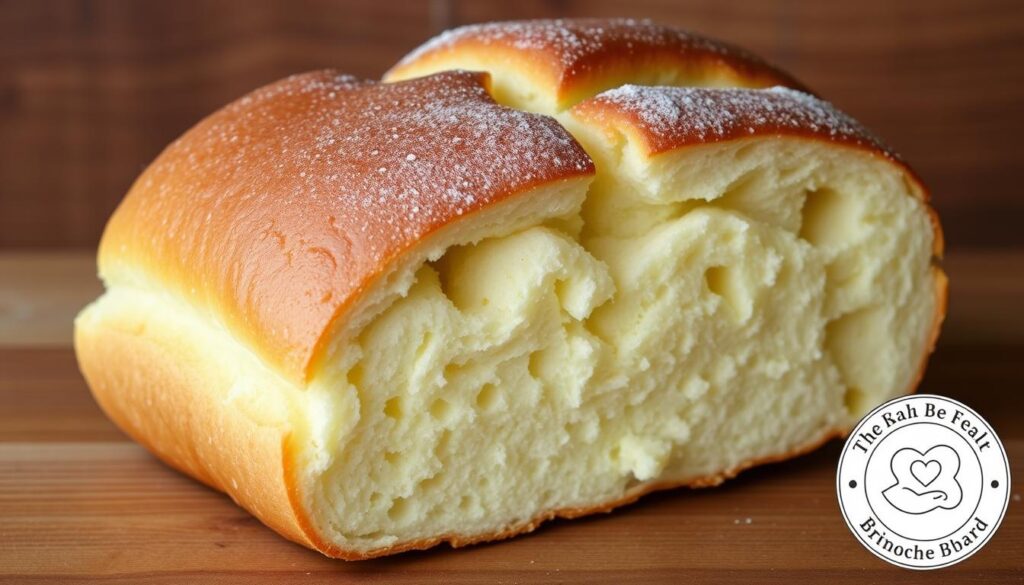
Pains aux Raisins: Sweet Spiral Pastries
Pains aux raisins are spiral-shaped pastries filled with sweet custard or pastry cream and plump raisins. These pastries offer a different texture and flavor profile compared to other French breakfast pastries.
To make authentic pains aux raisins, you need to prepare laminated dough and a sweet filling. The dough is then rolled and shaped into spirals before baking.

Fruit-Based French Breakfast Desserts
Fruit-based desserts are a charming aspect of French breakfast culture, offering a sweet and refreshing start to the day. These desserts not only satisfy the French sweet tooth but also provide a lighter alternative to the rich, butter-heavy pastries that are characteristic of French patisserie.
Chaussons aux Pommes: French Apple Turnovers
Chaussons aux pommes, or French apple turnovers, have been a beloved pastry in France since the 1600s. The name, which translates to “apple slipper,” refers to the pastry’s shape. These delicious treats are made with tender apples wrapped in a flaky pastry crust.

To make chaussons aux pommes at home, you’ll need to prepare a simple pastry dough and fill it with a mixture of sautéed apples, sugar, and spices. The key to a great chausson is in the balance of tender apples and flaky pastry.
Clafoutis: A Custardy Fruit Delight
Clafoutis is a traditional French dessert that originated in the Limousin region. It’s a baked pastry made with fruit, typically cherries or other berries, topped with a custard-like batter. The result is a warm, comforting dessert that’s perfect for breakfast.
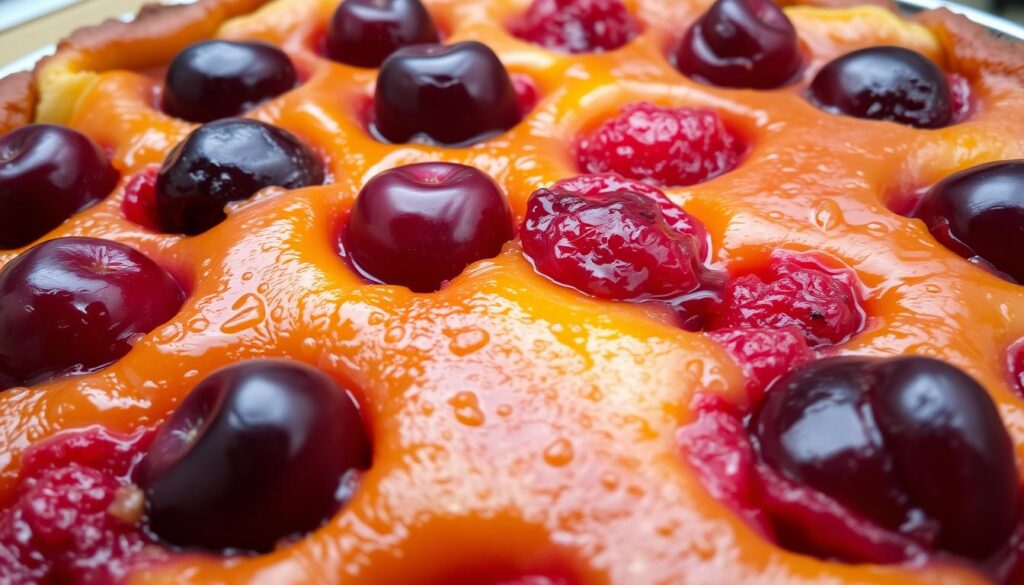
To make a clafoutis, you’ll need to prepare a simple batter made with eggs, sugar, and flour, and then top it with your chosen fruit. The dish is then baked until the batter is set and the fruit is tender.
Tarte Tatin: Upside-Down Apple Perfection
Tarte Tatin is a famous French dessert made by caramelizing apples in a pan with butter and sugar, then topping them with pastry dough and baking until golden brown. The tarte is then inverted onto a plate, revealing the beautifully caramelized apples.
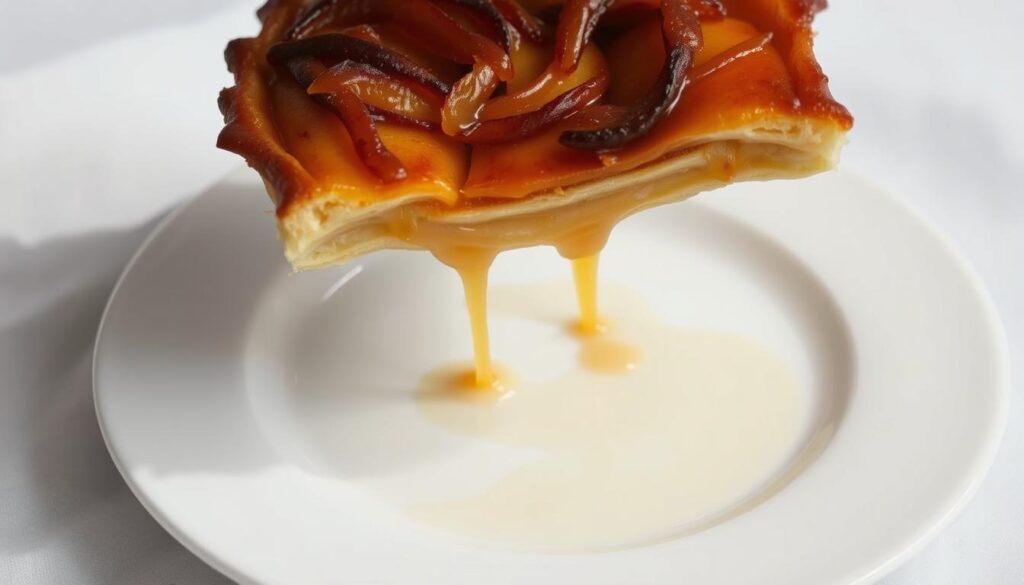
To make a tarte Tatin, you’ll need to carefully cook the apples in a skillet until they’re tender and caramelized, then top them with pastry dough and bake until golden brown.
These fruit-based desserts not only showcase the beauty of French patisserie but also offer a delicious and refreshing start to the day. Whether you’re in the mood for something classic like chaussons aux pommes or something new like clafoutis, there’s a French fruit dessert to suit every taste.
Light and Airy French Breakfast Treats
Among the many French breakfast pastries, some stand out for their light and airy texture, providing a lovely contrast to the richer options. These delicate treats not only offer a refreshing start to the day but also showcase the versatility of French patisserie.
Madeleines: Shell-Shaped Cake Delights
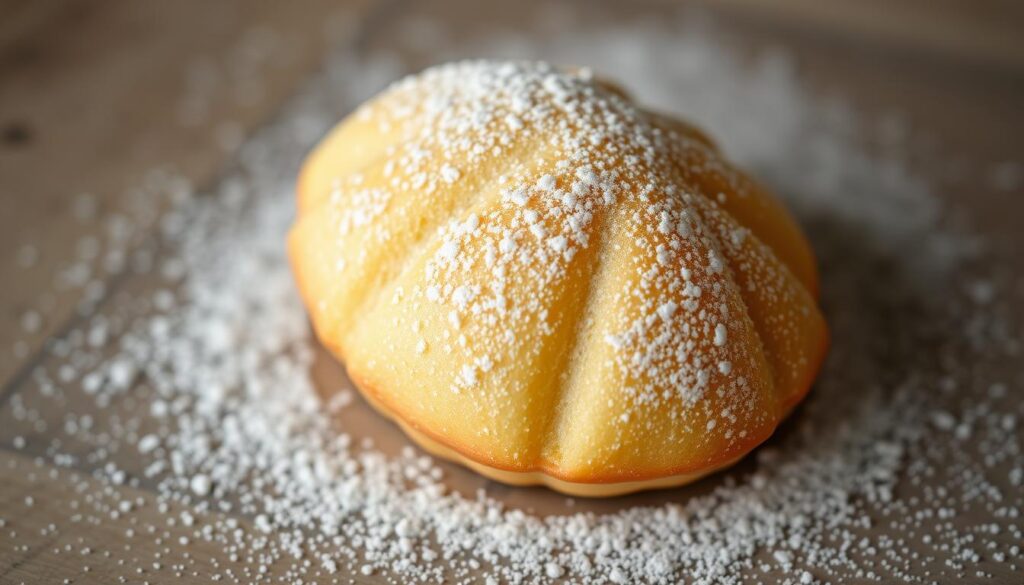
Madeleines are small, shell-shaped cakes with a delicate texture that has captured the hearts of many. Their history dates back to the 18th century when they were first created by a French baker named Madeleine Paulmier. The unique shape and tender crumb of madeleines make them a beloved French breakfast treat.
The literary connection of madeleines to Marcel Proust’s “In Search of Lost Time” adds another layer of charm to these delightful cakes. The experience of biting into a madeleine can evoke memories and emotions, much like Proust’s famous narrative.
Chouquettes: Sugar-Topped Choux Pastry Puffs

Chouquettes are light and sweet breakfast pastries made from choux pastry, the same dough used for cream puffs, eclairs, and profiteroles. Topped with pearl sugar, these small puffs are a delightful treat that can be enjoyed on their own or paired with a warm beverage.
The technique behind making choux pastry is versatile and can be used for both sweet and savory applications in French cuisine. Mastering this dough opens up a world of possibilities for creating various French pastries.
French Breakfast Puffs: Cinnamon-Sugar Coated Muffins
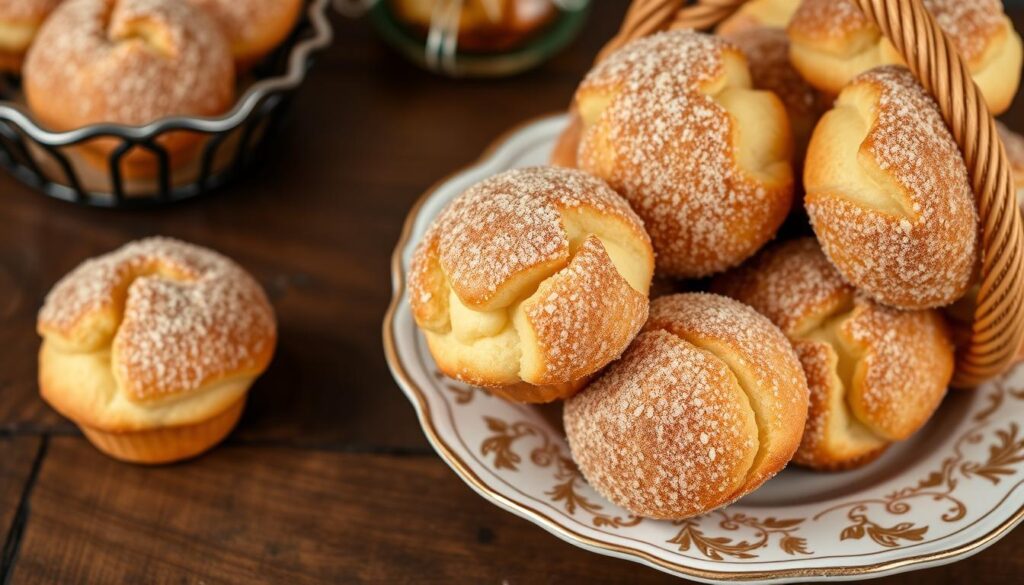
French Breakfast Puffs are a delightful fusion of American and French baking traditions. These tender vanilla muffins are drenched in melted butter and then coated in cinnamon sugar, creating a sweet and crunchy exterior that makes breakfast time a treat.
The combination of the soft muffin texture and the crunchy cinnamon sugar coating provides a delightful contrast that is sure to please. This treat is perfect for those looking for a sweet breakfast option that is a bit more indulgent.
Regional French Breakfast Specialties
From the buttery delights of Brittany to the fragrant pastries of Provence, France’s regional breakfast specialties are a culinary journey worth taking. Each region in France has its own unique breakfast traditions, shaped by local ingredients, cultural influences, and historical developments.
You’ll discover that these regional specialties not only reflect the diversity of French cuisine but also share a common thread – a passion for creating delicious breakfast pastries that bring people together. As you explore these regional breakfast specialties, you’ll gain a deeper appreciation for the art of French patisserie and the role it plays in French culture.
Kouign-Amann: Brittany’s Buttery Treasure
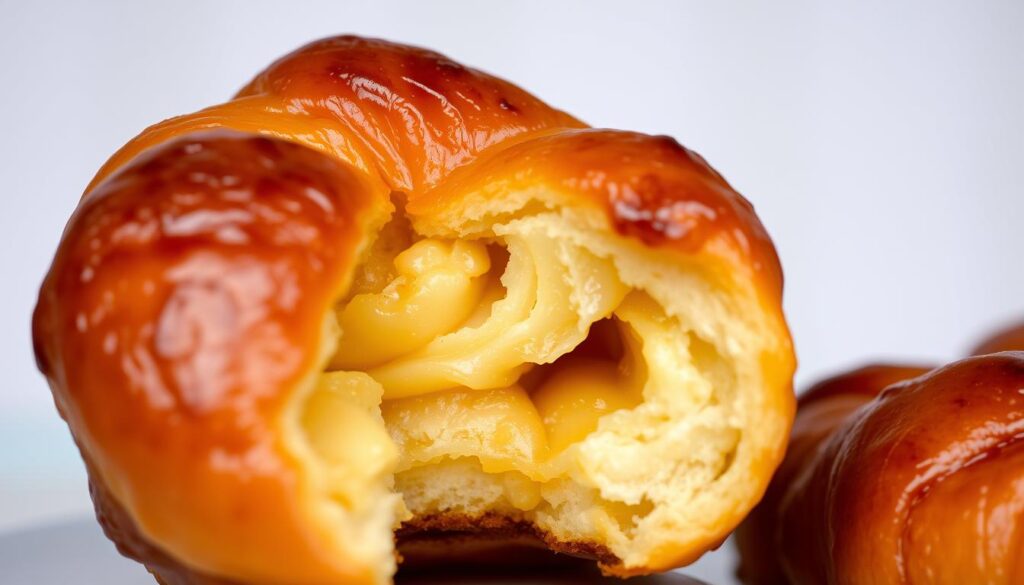
Kouign-Amann, pronounced “queen-uh-man,” is a delectable treat from Brittany, known for its layers of buttery, flaky dough that are lightly sweetened with sugar. The caramelized crust is hard to resist, and the inside is full of melt-in-your-mouth goodness. This pastry is often described as “the fattiest pastry in all of Europe” due to its high butter and sugar content.
The process of making Kouign-Amann involves laminating the dough multiple times, which creates the signature layers. It’s a labor-intensive process, but the result is well worth the effort. When you take a bite of a freshly baked Kouign-Amann, the combination of flavor and texture is unforgettable.
Gibassier: Provence’s Orange-Anise Pastry
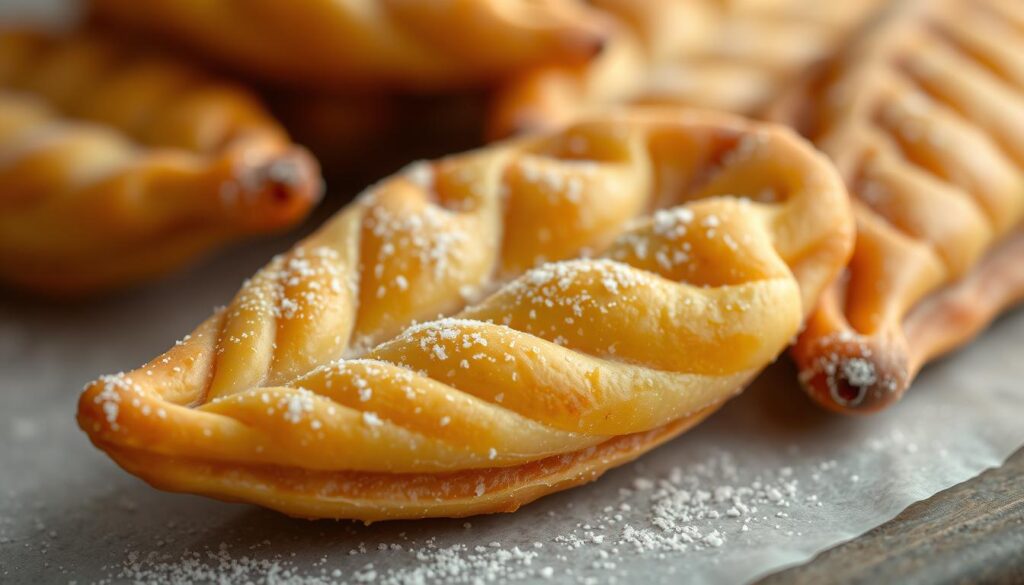
Gibassier, a traditional French pastry typically served for breakfast, hails from Provence. This pastry is known for its unique shape, which resembles a leaf, and its distinct flavor profile combining orange and anise seed. The combination of these ingredients gives Gibassier a unique and refreshing taste that’s perfect for starting your day.
The traditional recipe for Gibassier involves using high-quality ingredients, including orange blossom water and anise seeds, which are characteristic of Provençal cuisine. The result is a pastry that’s both fragrant and delicious, with a classic French touch.
Brasillé: Normandy’s Caramelized Delight
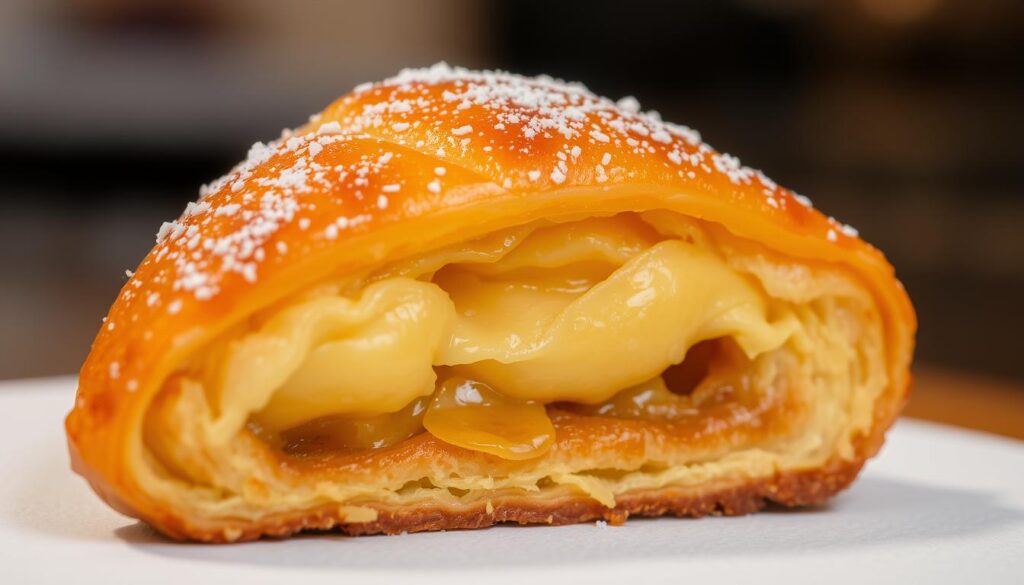
Brasillé comes from Calvados in the Normandie region of France, where it was traditionally baked in a “brasier.” This puff pastry combines simple ingredients like flour, yeast, butter, eggs, sugar, and salt, with fragrant orange blossom water. The result is a French dessert that’s both caramelized and delicate.
The technique used to make Brasillé involves creating a puff pastry that’s both flaky and tender. When baked, the pastry develops a caramelized exterior that’s crunchy and sweet, while the inside remains soft and airy. It’s a delightful way to start your day, especially when paired with a warm cup of coffee or tea.
Savory Options with a Sweet Touch
While French breakfast is famous for its sweet treats, savory options like Quiche Lorraine and crêpes provide a delicious alternative. These dishes not only offer a change of pace from the usual sweet pastries but also showcase the versatility and richness of French cuisine.
Quiche Lorraine: The Breakfast Tart
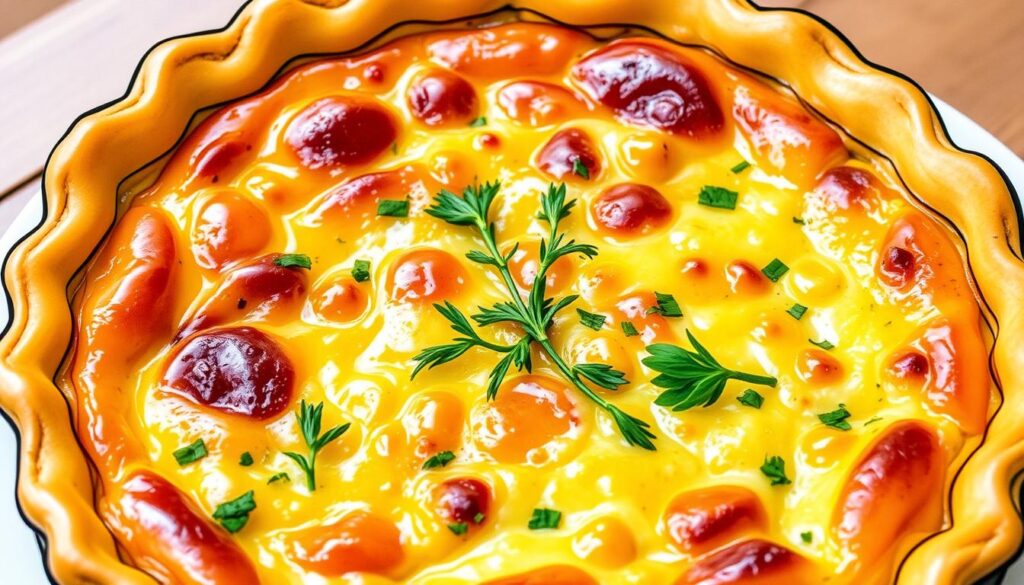
Quiche Lorraine is a quintessential French dish that has been a staple for centuries. Dating back to the 1500s, this savory tart has evolved over time but retains its core ingredients: eggs, cream, and lardons (bacon bits). The combination of these ingredients within a buttery crust creates a rich and satisfying breakfast option.
The beauty of Quiche Lorraine lies in its simplicity and flexibility. While traditional recipes call for specific ingredients, modern variations allow for a wide range of fillings, making it a versatile dish for any meal.
To make an authentic Quiche Lorraine, focus on using high-quality ingredients and following a traditional recipe. The key to a perfect quiche is in the balance of its components and the technique used to prepare it.
Crêpes: Versatile French Pancakes
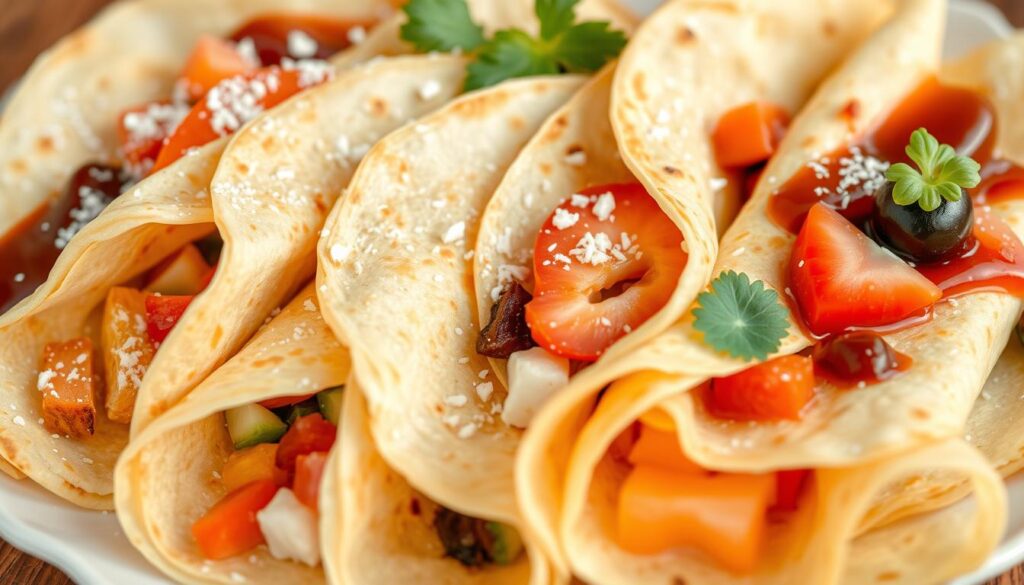
Crêpes are another beloved French breakfast item that can be enjoyed in numerous ways. These thin pancakes are made from a simple batter and can be filled with a variety of sweet or savory ingredients, ranging from Nutella and fruit to ham and cheese.
The versatility of crêpes makes them a popular choice for breakfast, as they can be tailored to suit any taste. Whether you prefer something sweet or savory, crêpes offer a delicious and convenient option.
To achieve authentic French crêpes, it’s essential to master the technique of making the batter and cooking the pancakes to the right consistency. With practice, you can create crêpes that are light in the center and crispy at the edges.
French Breakfast Beverages to Pair with Desserts
To truly experience a French breakfast, you need to know the beverages that pair perfectly with the desserts. The right drink can elevate your morning, complementing the sweet and buttery flavors of French pastries.
Café au Lait and Other Coffee Options
Café au lait is a classic French breakfast beverage made with brewed coffee and scalded milk. To make the perfect café au lait, start by brewing a strong coffee using a French press. Then, heat milk until it’s steaming hot but not boiling. Combine the coffee and milk in a large bowl, allowing you to dunk your pastries easily.
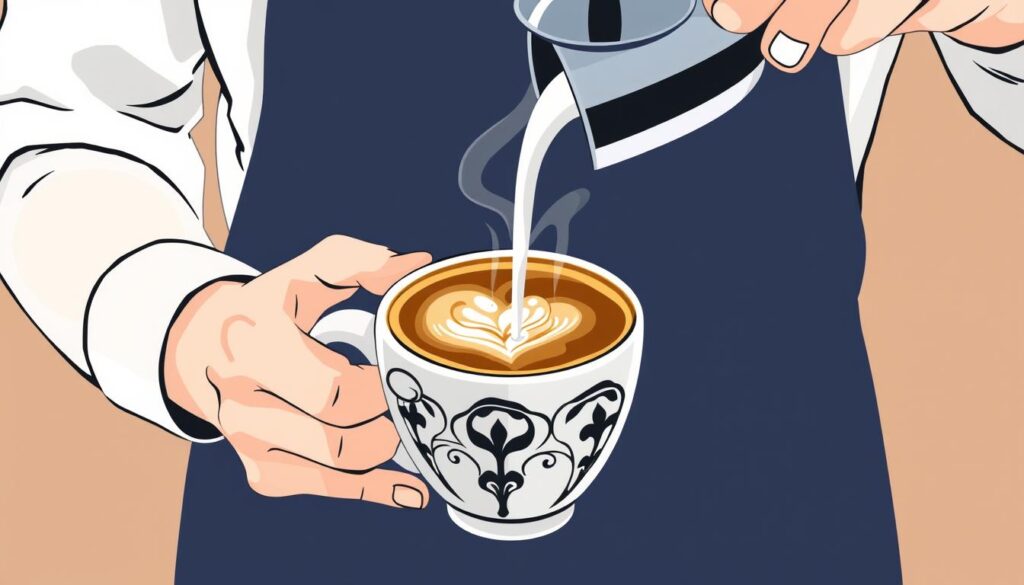
Chocolat Chaud: French Hot Chocolate
For a richer option, chocolat chaud is a decadent French hot chocolate made with melted dark chocolate and heavy cream. Unlike American hot chocolate, this version is thick and velvety, perfect for dipping croissants or pain au chocolat. To make authentic French hot chocolate, melt high-quality dark chocolate in a saucepan with heavy cream over low heat, whisking constantly.
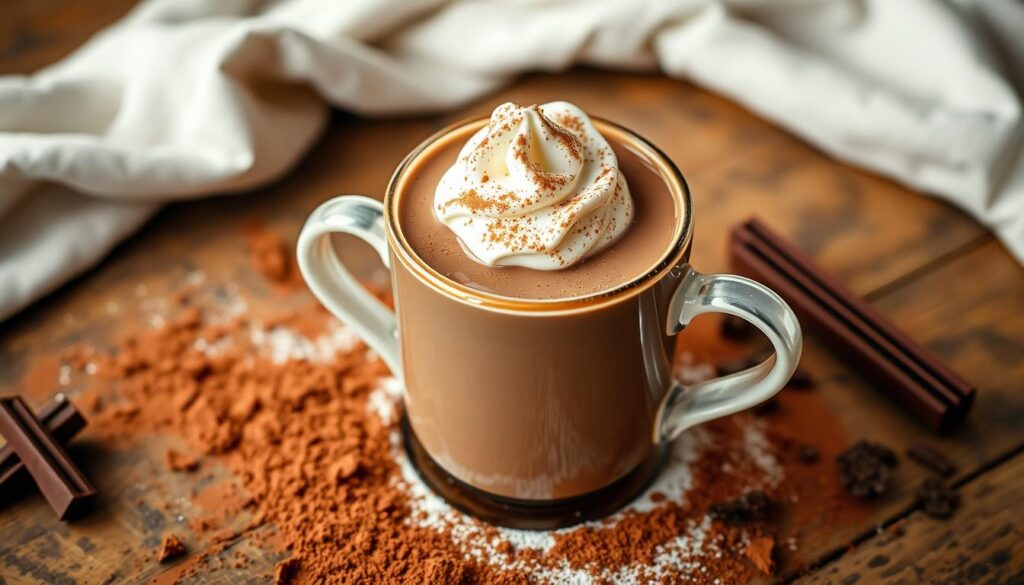
How to Create a French Breakfast Experience at Home
To bring the charm of a French breakfast into your home, you’ll need to focus on both the culinary delights and the ambiance. This involves selecting the right ingredients for your pastries and setting a beautifully laid table.
Essential Ingredients for French Breakfast Pastries
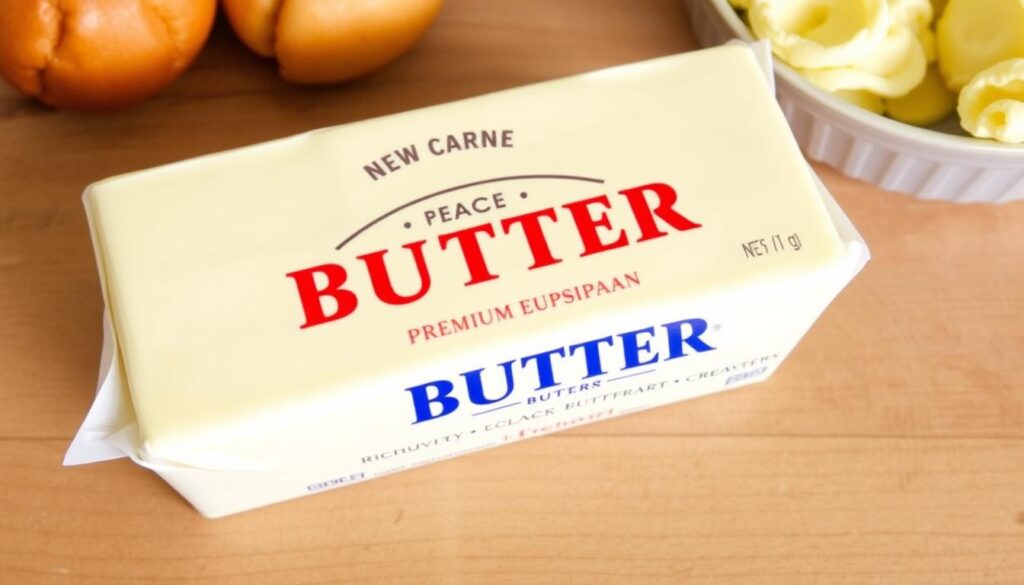
To make authentic French breakfast pastries, you’ll need high-quality ingredients such as flour, European-style butter, sugar, eggs, and milk. For croissants and similar pastries, using butter with a higher fat content is crucial for achieving the right flavor and texture.
The quality of your ingredients directly impacts the taste and authenticity of your French breakfast pastries. When it comes to butter, opting for European-style butter is recommended due to its higher fat content, which is essential for creating the flaky layers in croissants and other pastries.
Setting the Perfect French Breakfast Table
Setting the perfect French breakfast table involves more than just serving food; it’s about creating an atmosphere. Start with a clean and elegant tablecloth, and use proper dishware that complements your breakfast items.
Adding fresh flowers to your table setting can elevate the ambiance, making your breakfast feel more like a special occasion. Paying attention to these details will help you create an authentic French breakfast experience at home.
Conclusion: Embracing the French Breakfast Tradition
Embracing the French breakfast tradition means embracing a culture that values quality ingredients, traditional techniques, and the joy of savoring each moment. The French approach to breakfast, with its emphasis onquality pastriesand relaxed enjoyment, reflects their overall food philosophy. You can add a touch of luxury and pleasure to your day by incorporating elements of this tradition into your routine.
The French breakfast culture prioritizesquality, flavor, and enjoymentover nutritional considerations, offering a refreshing change from the usual rushed morning meals. By adopting this approach, you can create moments of connection and pleasure in your daily life. French breakfastdesserts, such ascroissantsandpain au chocolat, have become popular worldwide, influencing global culinary traditions.
To incorporate this tradition into your life, focus on using quality ingredients and respecting traditional techniques. You can enjoy French breakfastdessertsin moderation, balancing pleasure with health considerations. By doing so, you’ll be participating in a culinary tradition recognized by UNESCO as an intangible cultural heritage.

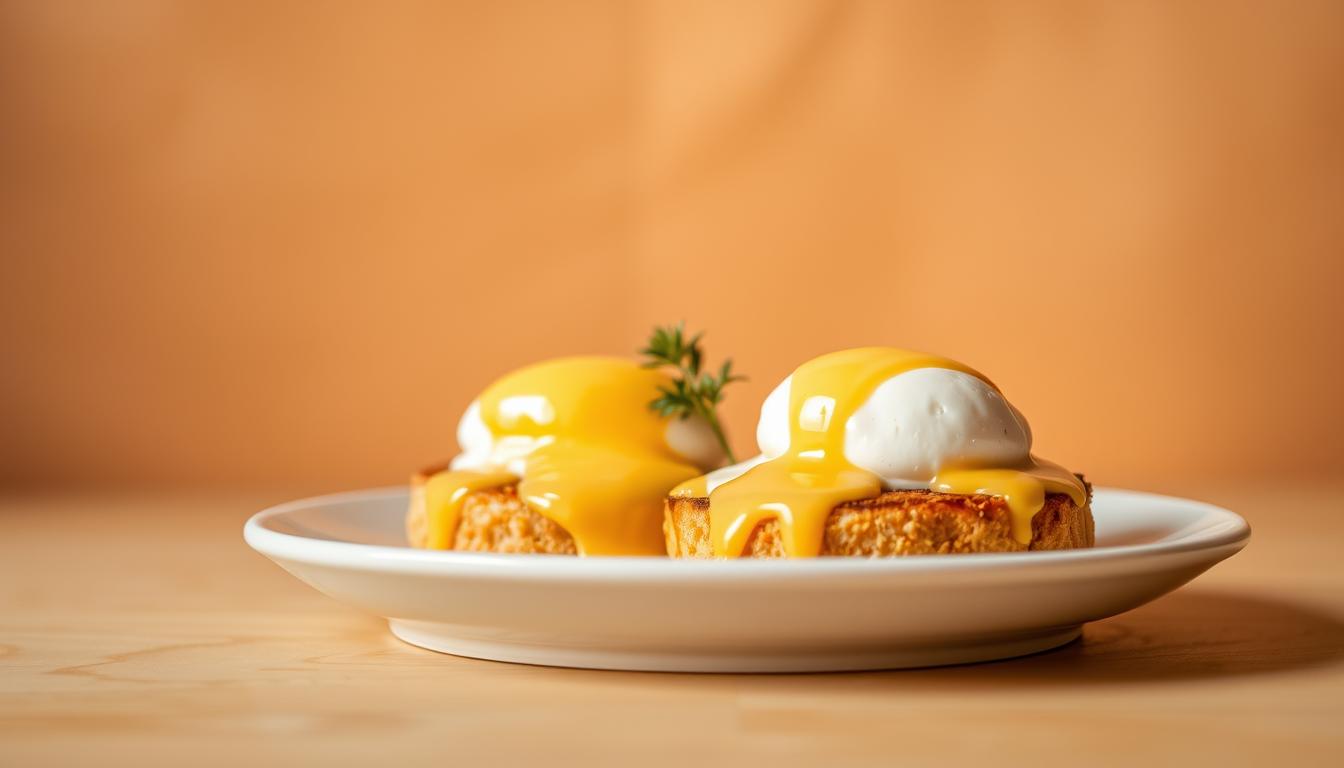
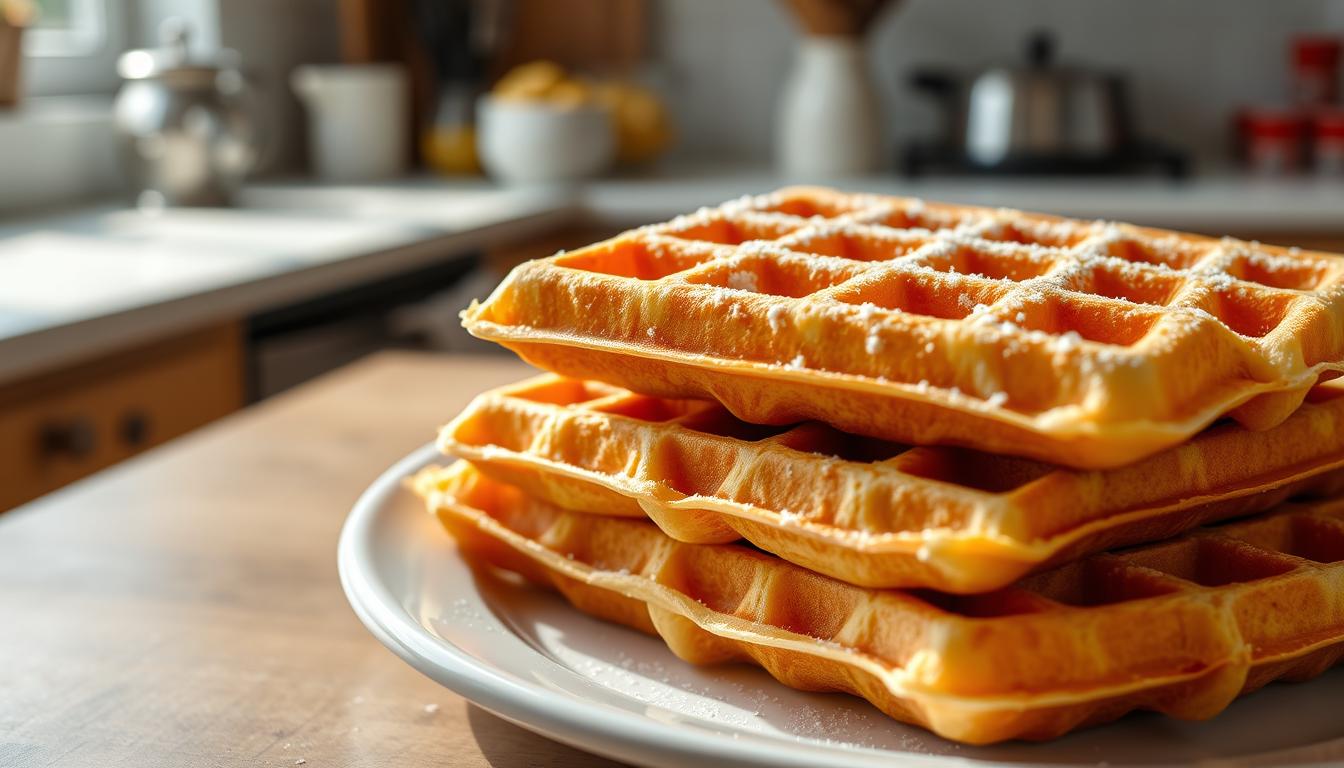
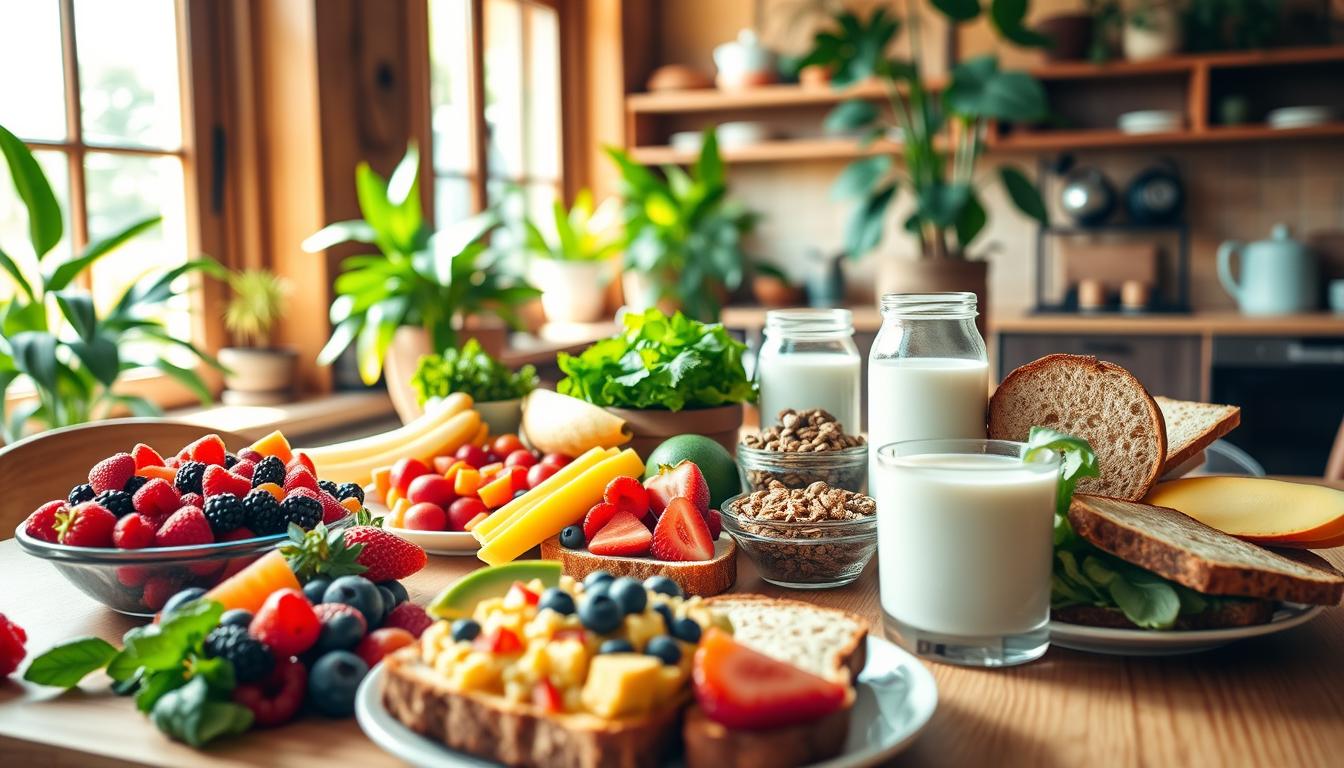
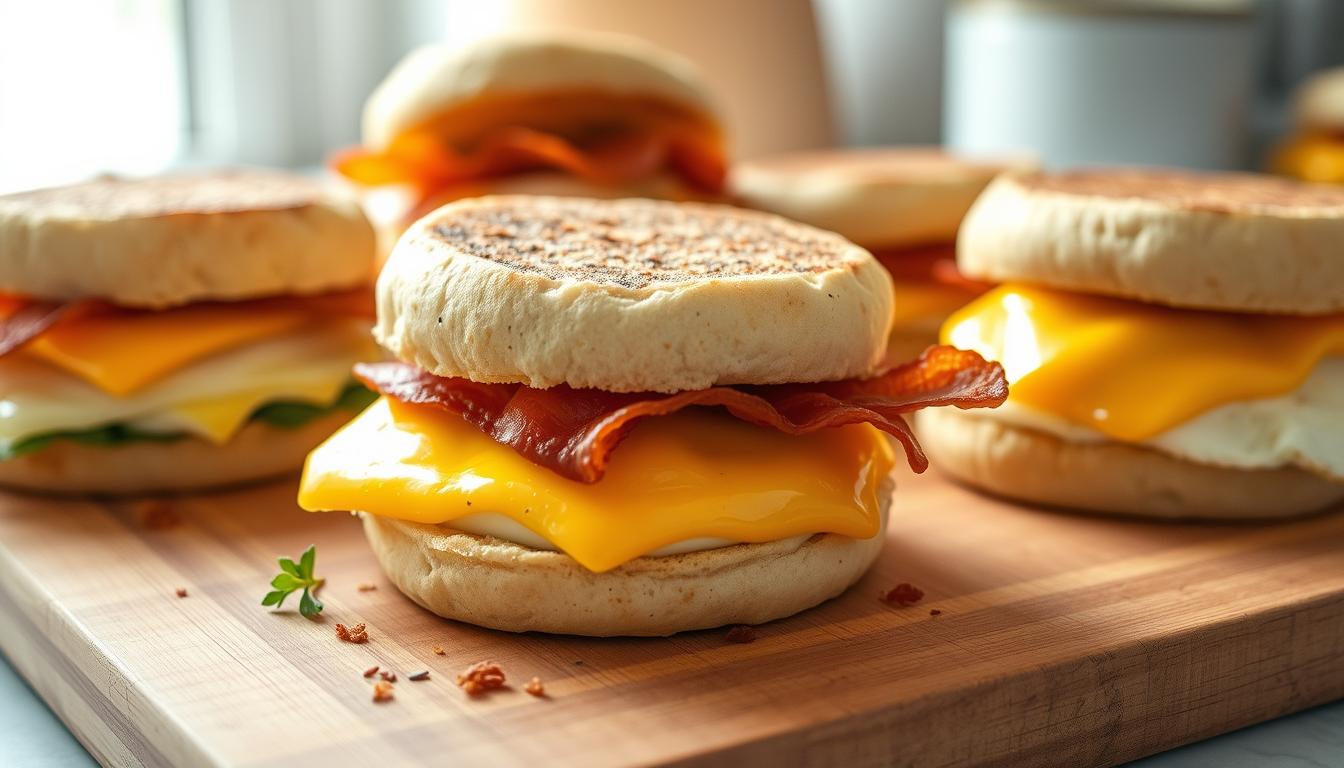
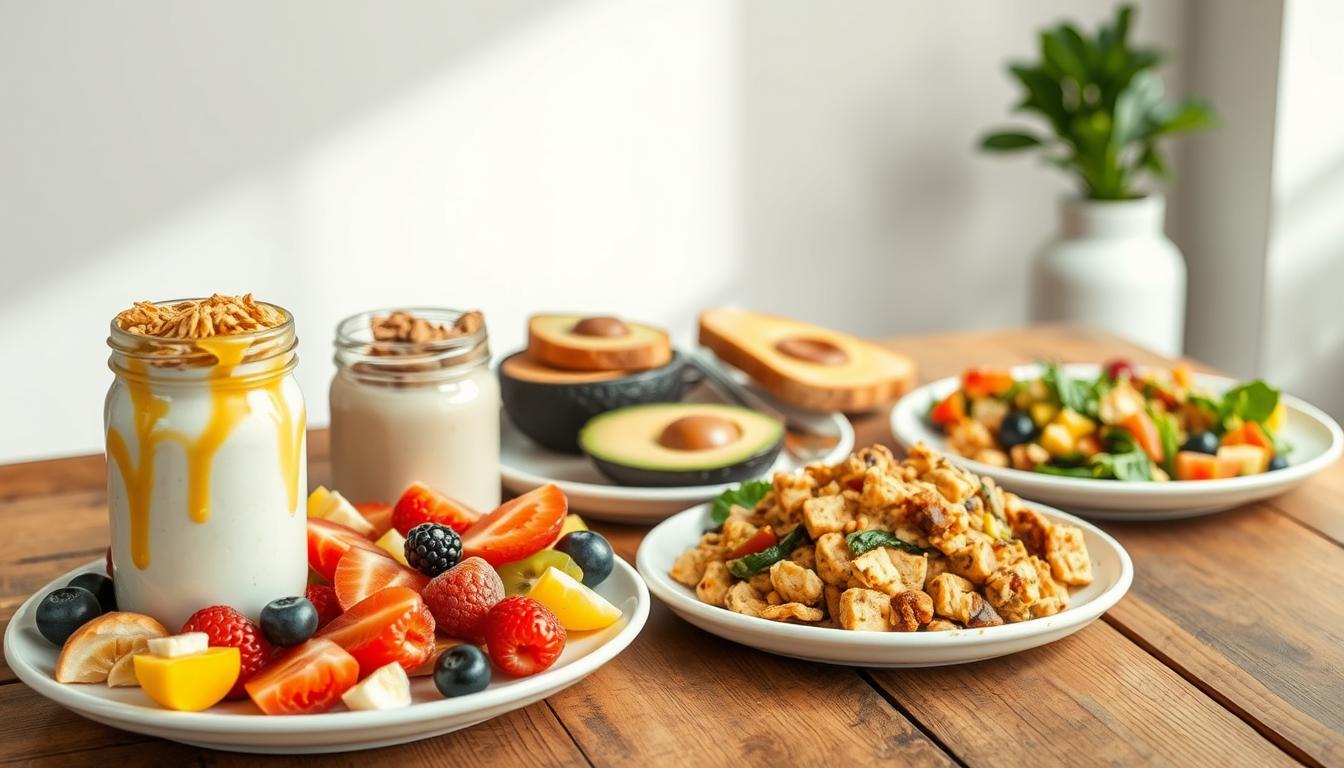
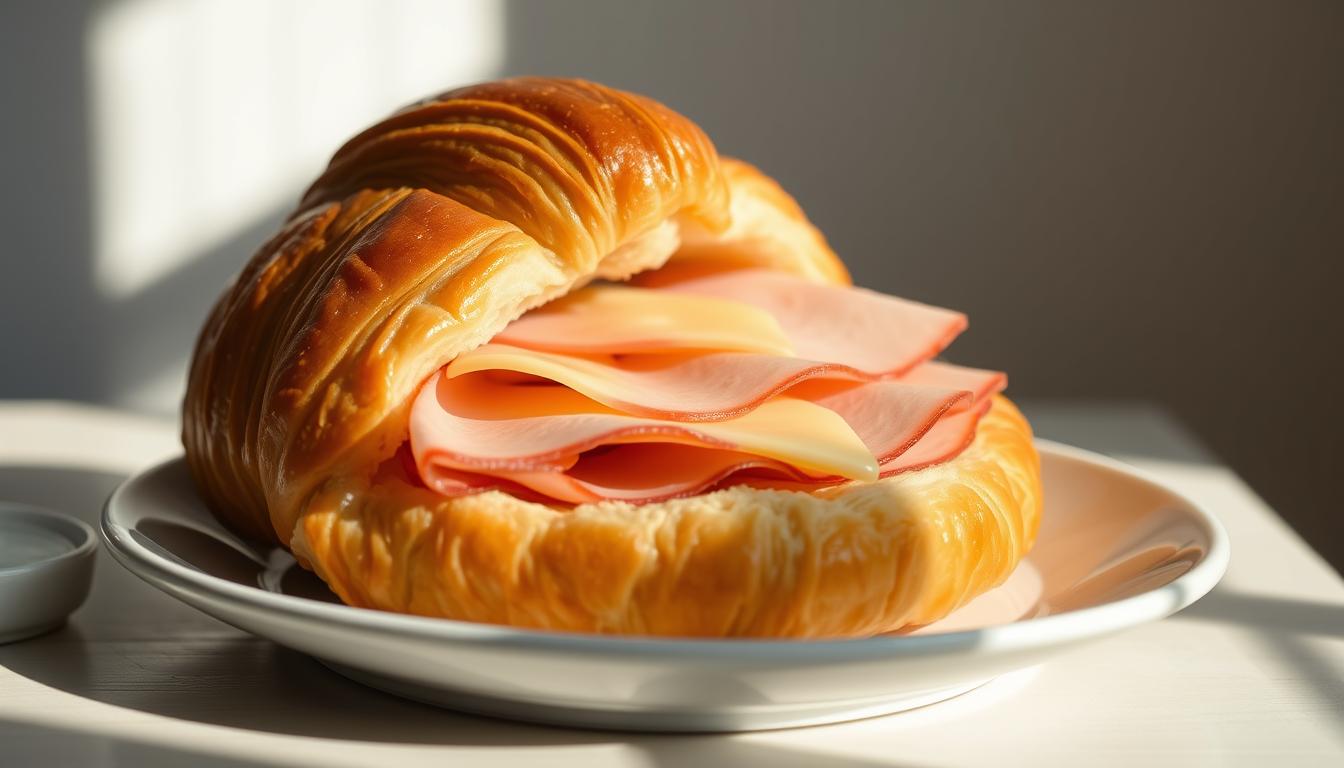
One Comment
Comments are closed.